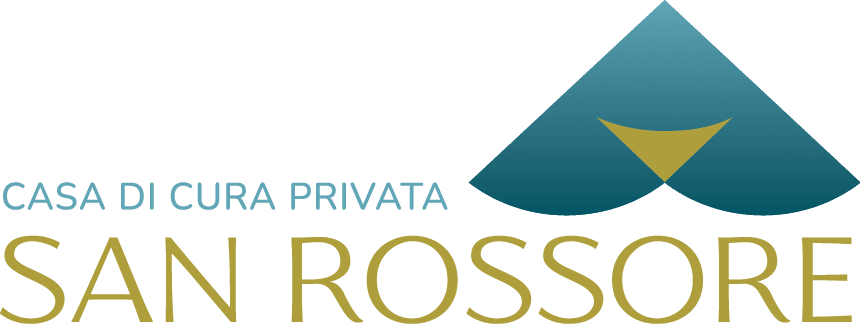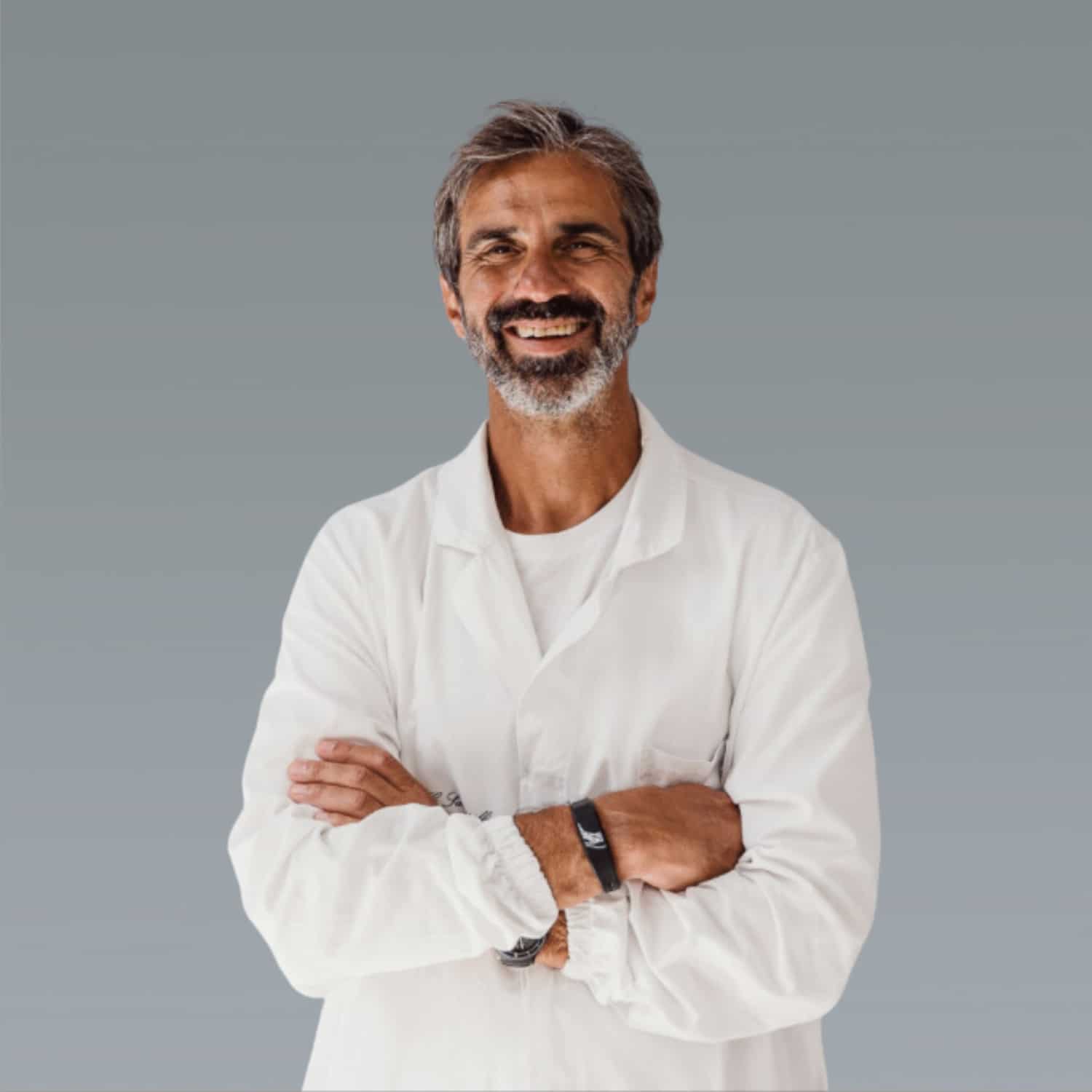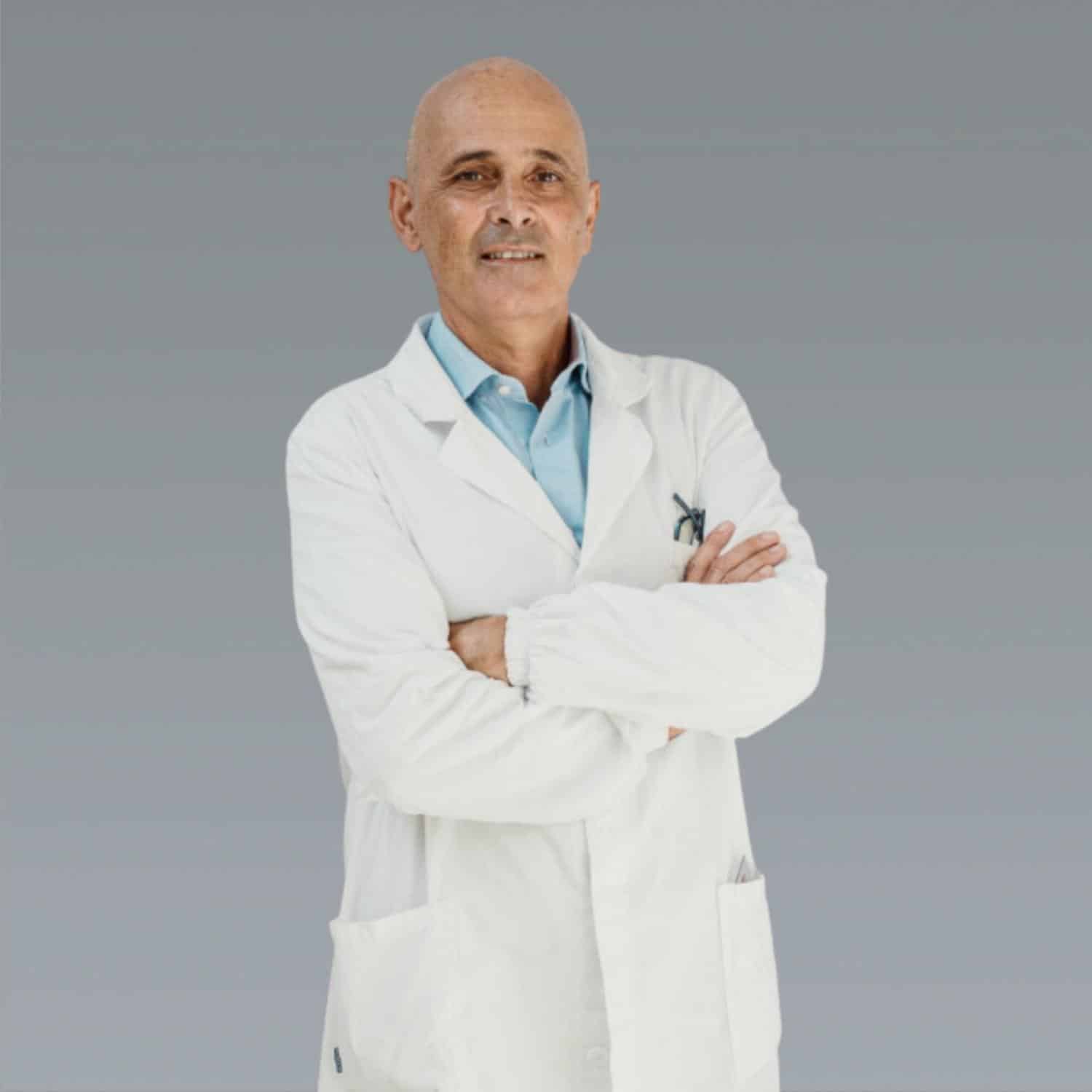Physiatry and Rehabilitation Medicine
In partnership with San Rossore Sport Village, the San Rossore Nursing Home’s physical therapy and rehabilitation medicine center boasts a constantly upgrading staff that specializes in three major rehabilitation areas:
- Traumatic-degenerative pathologies;
- Spinal pathologies;
- neurological disorders.
For each therapy, the physiotherapist’s medical diagnosis and clinical assessment identify the patient’s functional limitations and disability quota. Thus the functional diagnosis and individualized physiotherapy treatment program are arrived at.
In the initial assessment, the effects of the diseases, in terms of pain symptoms and motor function impairment, are identified, with an estimate of residual and adaptive abilities for the neurological domain.
At the end of the treatment, the results achieved are checked. To conclude the rehabilitation course, the patient receives a written program that he or she can carry out independently or at our center, with the aim of controlling the risk of recurrence and optimizing performance.
The manual therapy techniques that form the basis of our physiotherapy treatments are aided by high-tech electro-medical machinery and equipment for evaluation and rehabilitation, including Shock Waves, Laser, Tecar therapy, Electroanalgesia (TENS, Diadynamics), Magnetotherapy and Ultrasound therapy. For rehabilitation, we use the proprioceptive platform and a treadmill with load alleviation characterized by very low speed and increment. In addition, the stabilometric platform helps us with the assessment of postural disorders.
Performance and therapy
Orthopedic rehabilitation paths balanced on the person are assisted by appropriate drug therapy, paying attention to the aspects of motivation and quality of human relationship.
The variability and complexity of interventions, which differ from children to the elderly, from traffic accident outcomes to spinal disorders, have prompted us to continually update and develop increasingly complex rehabilitation systems. The tool that brings together and regulates our team work is the rehabilitation medical record.
The facility operates through physiotherapy and rehabilitation services in the post-surgical, post-traumatic and degenerative areas of the osteo-articular system:
- Physical therapy, using electromedical equipment;
- Kinesiotherapy, with motor reeducation exercises and muscle strengthening performed manually, with the help of small tools or isotonic machines;
- Proprioceptive reeducation with computerized machines and Freeman’s boards;
- Manual therapy with postural reeducation, osteopathic techniques and massage therapy.
Neurological rehabilitation is now a discipline whose need is growing rapidly. Indeed, epidemiological research indicates that neurological diseases frequently constitute a cause of disability: think of cerebrovascular diseases such as stroke or degenerative diseases such as Parkinson’s disease. The aging population has also increased its incidence, thus increasing the need for rehabilitative care. Such syndromes also closely involve those close to the patient.
During the admission visit, the physiatrist collects medical history and clinical data and formulates an intervention plan, thus realizing the patient’s intake with a coordinated and individualized comprehensive plan for each person. The diagnosis and initial visit must be able to assess all potential resources of the individual to predict the chances of reintegration. The needs and expectations of the patient and family members are taken into utmost consideration.
Sports rehabilitation and prevention go hand in hand. There is evidence that as sports specialization increases, the injury rate rises dramatically. If you play a sport competitively, and especially if it is a professional activity, keeping track of your entire athletic journey becomes a necessity. That is why we have a special division that deals with both prevention and trauma recovery. In particular, thanks to specialized physical therapists and competent athletic trainers, we are able to develop individual prevention plans that take into account the sport and the specific physical condition of each athlete.
We are able to quickly form specific, problem-focused teams for the development of an early diagnosis that can lead to recovery in a timely manner. In these cases, the patient is not only followed for the recovery of the specific pathology: we place a lot of importance on the synergistic work of physiotherapist and athletic trainer so that we can limit the excessive decline in athletic condition and thus significantly decrease the time to restore competitive activity.


